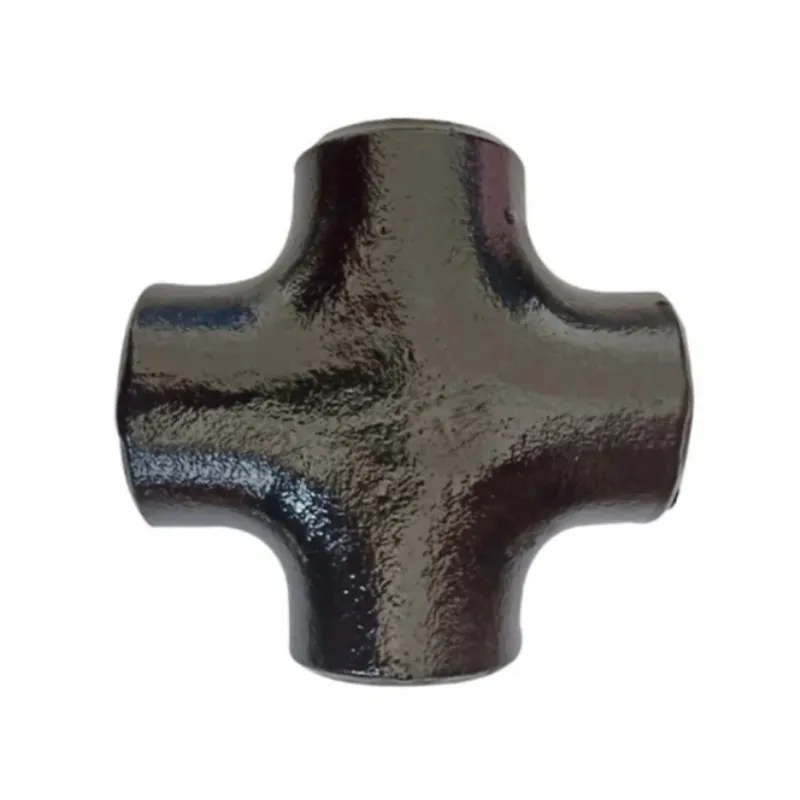-
Cangzhou Yulong Steel Co., Ltd.
-
Phone:
+86 13303177267 -
Email:
admin@ylsteelfittings.com
- English
- Arabic
- Italian
- Spanish
- Portuguese
- German
- kazakh
- Persian
- Greek
- French
- Russian
- Polish
- Thai
- Indonesian
- Vietnamese
- Zulu
- Korean
- Uzbek
- Hindi
- Serbian
- Malay
- Ukrainian
- Gujarati
- Haitian Creole
- hausa
- hawaiian
- Hebrew
- Miao
- Hungarian
- Icelandic
- igbo
- irish
- Japanese
- Javanese
- Kannada
- Khmer
- Rwandese
- Afrikaans
- Albanian
- Amharic
- Armenian
- Azerbaijani
- Basque
- Belarusian
- Bengali
- Bosnian
- Bulgarian
- Catalan
- Cebuano
- China
- China (Taiwan)
- Corsican
- Croatian
- Czech
- Danish
- Esperanto
- Estonian
- Finnish
- Frisian
- Galician
- Georgian
- Kurdish
- Kyrgyz
- Lao
- Latin
- Latvian
- Lithuanian
- Luxembourgish
- Macedonian
- Malgashi
- Malayalam
- Maltese
- Maori
- Marathi
- Mongolian
- Myanmar
- Nepali
- Norwegian
- Norwegian
- Occitan
- Pashto
- Dutch
- Punjabi
- Romanian
- Samoan
- Scottish Gaelic
- Sesotho
- Shona
- Sindhi
- Sinhala
- Slovak
- Slovenian
- Somali
- Sundanese
- Swahili
- Swedish
- Tagalog
- Tajik
- Tamil
- Tatar
- Telugu
- Turkish
- Turkmen
- Urdu
- Uighur
- Welsh
- Bantu
- Yiddish
- Yoruba

Nov . 24, 2024 09:33 Back to list
mud pump part shear relief valve
Understanding the Shear Relief Valve in Mud Pumps
In the drilling industry, mud pumps play a crucial role in the successful operation of drilling projects. These pumps are responsible for circulating drilling fluid, commonly known as mud, which lubricates the drill bit, removes cuttings from the borehole, and helps maintain wellbore stability. One essential component within a mud pump system is the shear relief valve. This article will delve into the function, importance, and types of shear relief valves, shedding light on why they are indispensable in mud pump operations.
Function of Shear Relief Valves
A shear relief valve is designed to protect the mud pump and its associated equipment from excessive pressure and mechanical stress. During drilling operations, fluctuations in pressure can occur due to various factors such as changes in the viscosity of drilling fluid, accumulation of cuttings, or blockages in the system. If the pressure exceeds the pump's safe operating limits, it can lead to catastrophic failures, damaging the pump or other components in the system.
The shear relief valve acts as a safety mechanism by opening at a predetermined pressure level, allowing excess fluid to escape and thus reducing the pressure within the system. This feature prevents potential damage to the pump and enhances the overall safety of the drilling operation.
Importance in Drilling Operations
The incorporation of shear relief valves in mud pumps is critical for several reasons. Firstly, these valves help maintain operational efficiency. By avoiding excessive pressure, they ensure that pumps operate within their designed parameters, leading to consistent performance and prolonging the lifespan of the equipment.
Secondly, safety is enhanced through the use of shear relief valves. The oil and gas industry is inherently risky, and any equipment failure can have dire consequences, not only in terms of financial loss but also with respect to the safety of personnel on-site. By mitigating the risk of over-pressurization, shear relief valves contribute to a safer working environment.
mud pump part shear relief valve

Moreover, the presence of a shear relief valve can lead to cost savings. Preventing damage to the equipment through the regulation of pressure means that maintenance and replacement costs are reduced. Companies can thus allocate resources more effectively while maximizing productivity.
Types of Shear Relief Valves
There are several types of shear relief valves used in mud pumps, each designed for specific operational requirements. The most common types include
1. Spring-Loaded Relief Valves These valves use a spring mechanism to hold the valve closed until the pressure exceeds a set point, at which point the valve opens to relieve excess pressure. They are widely used due to their simplicity and reliability.
2. Pilot-Operated Relief Valves These valves utilize a small pilot valve that opens in response to system pressure. When the main valve opens, the system pressure is decreased, and the pilot valve becomes less active, allowing for precise control over the pressure relief process.
3. Variable Orifice Relief Valves These valves adjust the opening based on the flow rate, allowing for dynamic pressure regulation. This adaptability makes them suitable for more complex mud pump systems where fluid characteristics may change frequently.
Conclusion
In conclusion, the shear relief valve is an essential component of mud pump systems, playing a vital role in maintaining pressure, ensuring safety, and facilitating efficient operations within the drilling industry. By understanding the function and types of these valves, drilling companies can enhance their equipment performance, reduce risks, and ultimately drive successful drilling operations. Investing in quality shear relief valves and understanding their operation is a pivotal step towards optimizing drilling performance and safety in challenging conditions.
Latest news
-
ANSI 150P SS304 SO FLANGE
NewsFeb.14,2025
-
ASTM A333GR6 STEEL PIPE
NewsJan.20,2025
-
ANSI B16.5 WELDING NECK FLANGE
NewsJan.15,2026
-
ANSI B16.5 SLIP-ON FLANGE
NewsApr.19,2024
-
SABS 1123 FLANGE
NewsJan.15,2025
-
DIN86044 PLATE FLANGE
NewsApr.19,2024
-
DIN2527 BLIND FLANGE
NewsApr.12,2024
-
JIS B2311 Butt-Welding Fittings LR/SR 45°/90° /180°Seamless/Weld
NewsApr.23,2024











